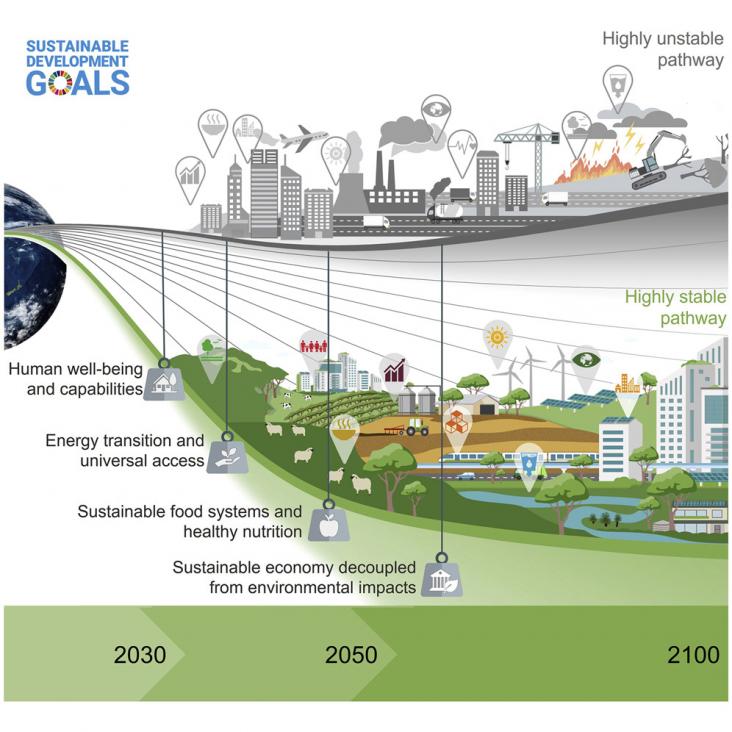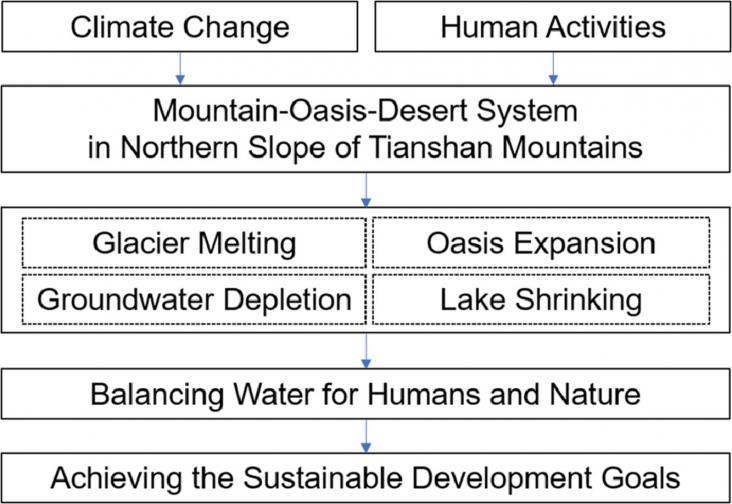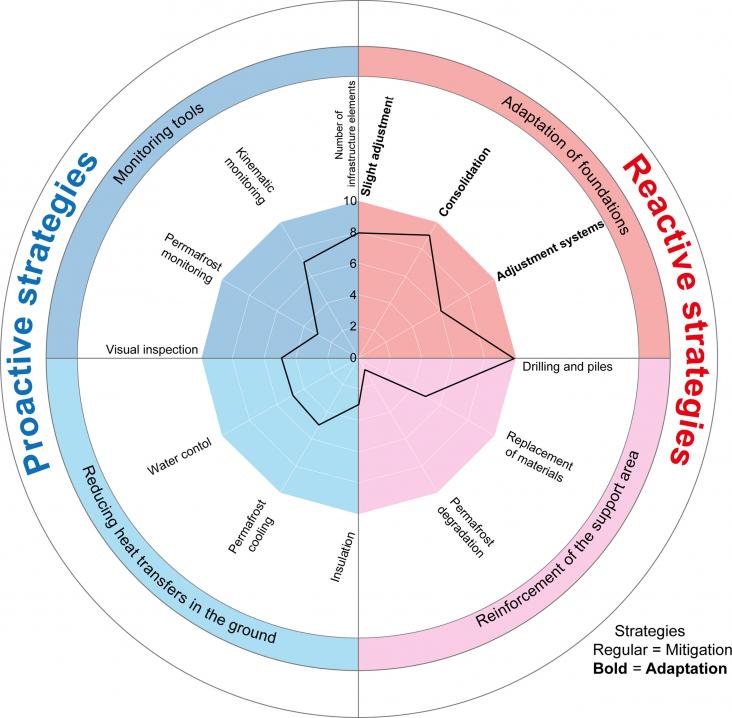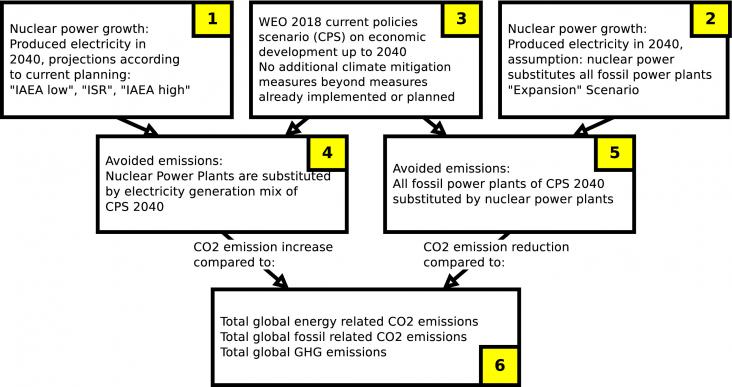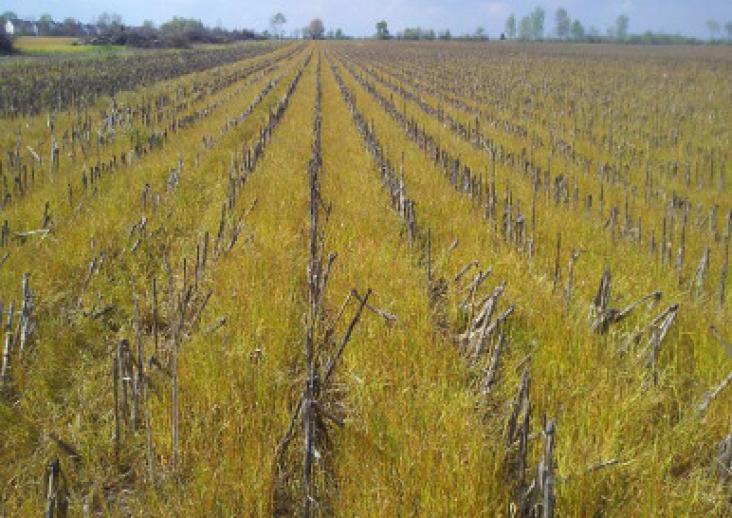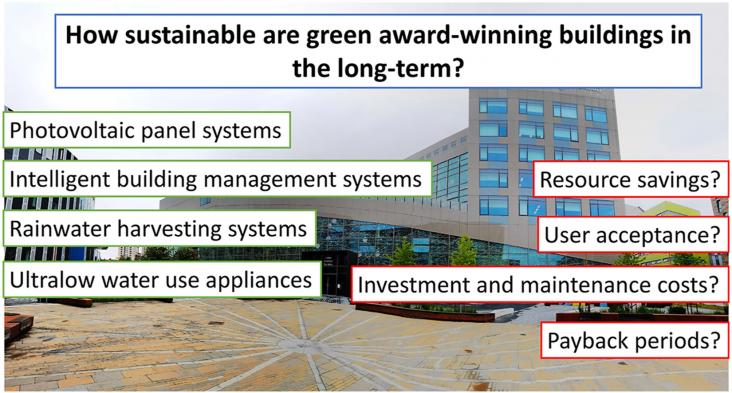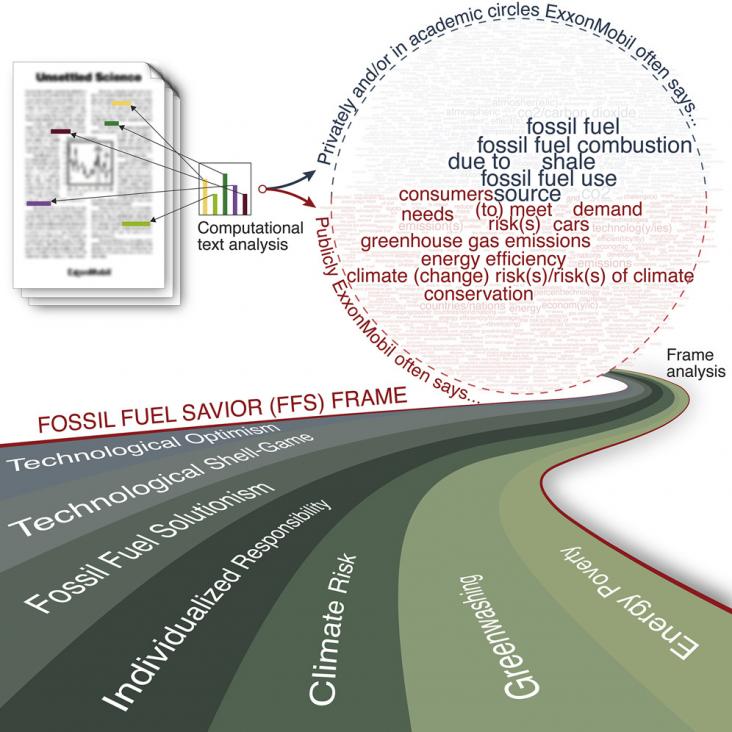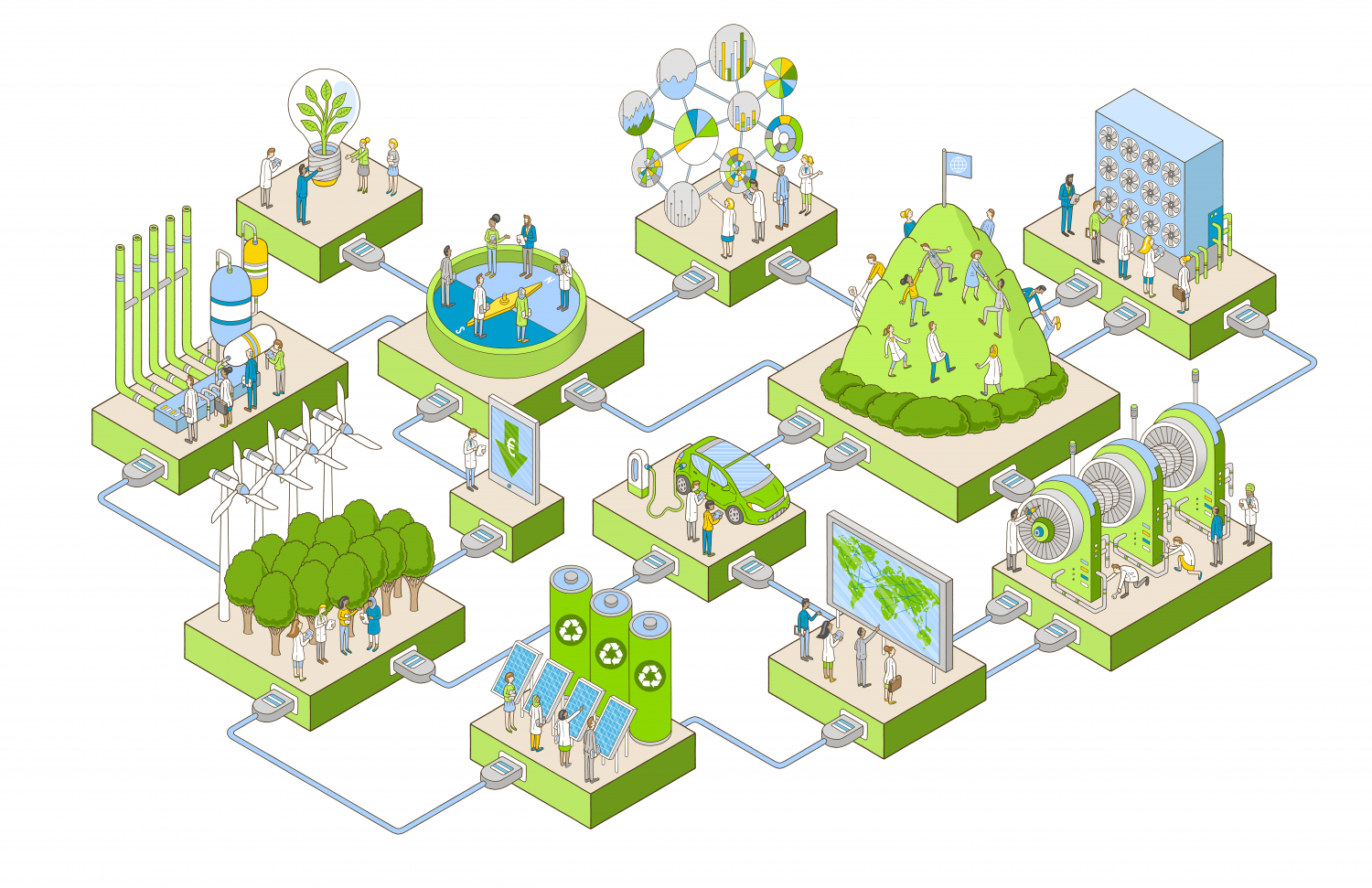
The 27th Conference of the Parties to the United Nations Framework Convention on Climate Change (COP27), to be held in Egypt from November 6th to 18th 2022, seeks renewed solidarity between countries to deliver on the landmark Paris Agreement, for people and the planet. Elsevier are proud to offer this free access special issue with over 110 book chapters and journal articles covering a range of key issues and innovations, as well as an engaging podcast episode with Corey Peterson, Chief Sustainability Officer at the University of Tasmania, Australia.
Building and Environment, Volume 219, 1 July 2022
Machinery and Energy Systems for the Hydrogen Economy, Volume , 1 January 2022
3rd Generation Biofuels: Disruptive Technologies to Enable Commercial Production, Volume , 1 January 2022
3rd Generation Biofuels: Disruptive Technologies to Enable Commercial Production, Volume , 1 January 2022
Biofuels and Biorefining: Volume 1: Current Technologies for Biomass Conversion, Volume , 1 January 2022
Biofuels and Biorefining: Volume 1: Current Technologies for Biomass Conversion, Volume , 1 January 2022
Food Systems Modelling: Tools for Assessing Sustainability in Food and Agriculture, Volume , 1 January 2022
Climate Change Adaptation for Transportation Systems, 2021, Pages 1-24
Climate Change Adaptation for Transportation Systems, 2021, Pages 65-103
Sustainable Energy Transition for Cities, 2022, Pages 19-29
Encyclopedia of Inland Waters, Second Edition, Volume 4, 2022, Pages 47-57
Encyclopedia of Inland Waters, Second Edition, Volume 4, 2022, Pages 47-57
Alternative Fuels and Advanced Vehicle Technologies for Improved Environmental Performance, Second Edition, 2022, pp 681-710
Sustainable Energy Management Second Edition, 2022, pp 181-277
Solar Energy Advancements in Agriculture and Food Production Systems, 2022, Pages 159-210
Wind Turbine Icing Physics and Anti-/De-icing Technology, Wind Energy Engineering, 2022, Pages 135-168
Handbook of Artificial Intelligence Techniques in Photovoltaic Systems: Modeling, Control, Optimization, Forecasting and Fault Diagnosis, 2022, Pages 149-182
Transportation Research Part D: Transport and Environment, Volume 103, February 2022
Energy for Sustainable Development, Volume 71, December 2022
Geography and Sustainability, Volume 3, September 2022
Geography and Sustainability, Volume 3, September 2022
One Earth, Volume 5, 17 June 2022
Recent proposals in the US and elsewhere aim to tackle climate change and socioeconomic inequalities together through a Green New Deal (GND). GND proposals have been criticized by high-profile advocates of carbon-centric climate policies—advocates who do not perceive socioeconomic inequalities to be significant drivers of climate change and who argue that GNDs’ wider agenda will undermine decarbonization efforts.
Geography and Sustainability, Volume 3, June 2022
Geography and Sustainability, Volume 3, June 2022
Geography and Sustainability, Volume 2, December 2021
Energy Strategy Reviews, Volume 38, November 2021
Applications in Energy and Combustion Science, Volume 7, September 2021
Cold Regions Science and Technology, Volume 189, September 2021
Energy Policy, Volume 155, August 2021
Geography and Sustainability, Volume 1, September 2020
Tillage is the most common agricultural practice dating back to the origin of agriculture. In recent decades, no-tillage (NT) has been introduced to improve soil and water quality. However, changes in soil properties resulting from long-term NT can increase losses of dissolved phosphorus, nitrate and some classes of pesticides, and NT effect on nitrous oxide (N2O) emission remains controversial. Complementary management that enhances the overall environmental benefits of NT is therefore crucial.
Building and Environment, Volume 207, January 2022
Building and Environment, Volume 216, 15 May 2022
Building and Environment, Volume 219, 1 July 2022
The Journal of Climate Change and Health,
Volume 3,
2021,
100035
The Journal of Climate Change and Health,
Volume 8,
2022,
100166
Energy and Buildings, Volume 241, 15 June 2021
Energy and Buildings, Volume 264, 1 June 2022
Sustainable Cities and Society, Volume 77, February 2022
Building and Environment, Volume 223, September 2022, 109463
The Journal of Climate Change and Health,
Volume 6,
2022,
100121
The Journal of Climate Change and Health,
Volume 8,
2022,
100126
One Earth, Volume 5, 17 June 2022
Recent proposals in the US and elsewhere aim to tackle climate change and socioeconomic inequalities together through a Green New Deal (GND). GND proposals have been criticized by high-profile advocates of carbon-centric climate policies—advocates who do not perceive socioeconomic inequalities to be significant drivers of climate change and who argue that GNDs’ wider agenda will undermine decarbonization efforts.
Fuel Communications
Volume 10, March 2022, 100045

